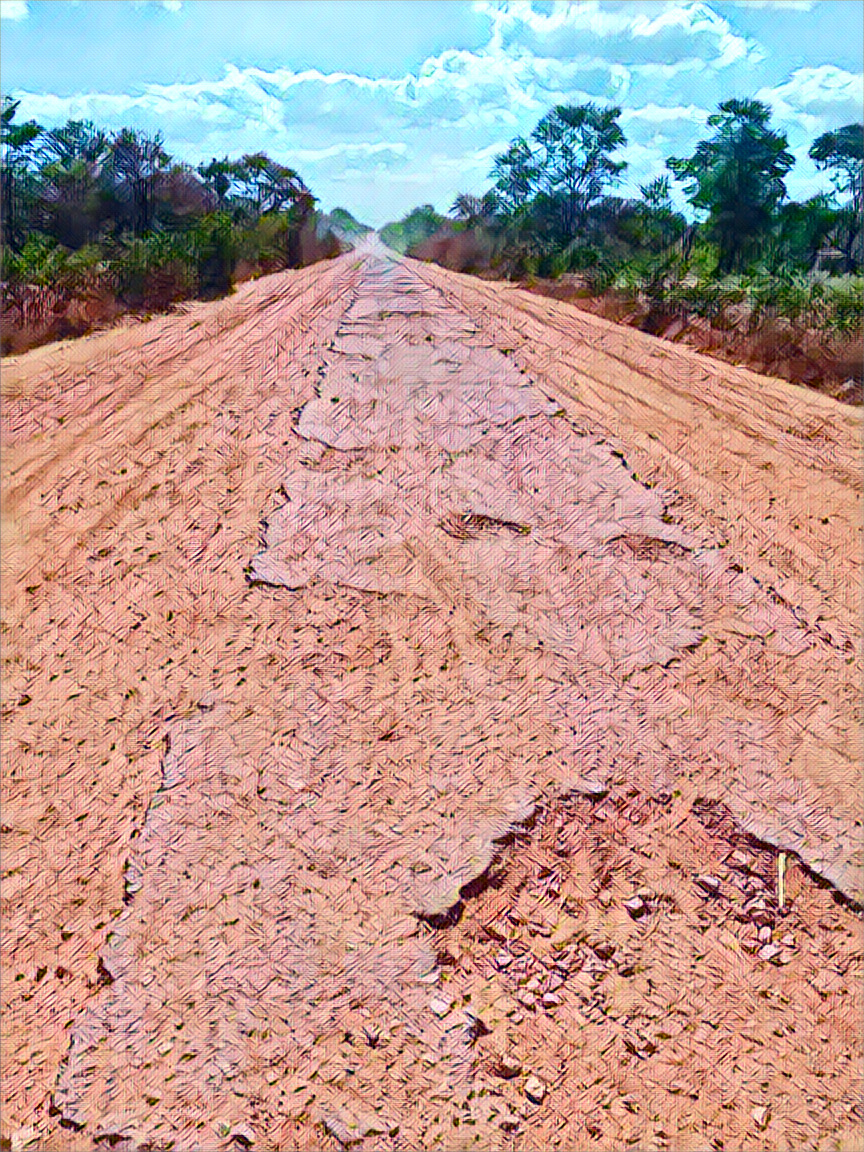Zimbabwe’s Sanyati-Kadoma Road, once a vital commercial link, now languishes in disrepair, epitomizing the nation’s broader infrastructure woes. This key highway, stretching 90 kilometers, confronts motorists with hazardous potholes and deteriorating surfaces, impeding economic activity in the Sanyati district and beyond.
Drivers brave a perilous journey along this road, constantly swerving to avoid damaging their vehicles in deep, crater-like potholes, thus heightening the risk of accidents. Salis Mandebvu, a local commuter omnibus driver, vents his frustration: “These aren’t just potholes; they’re craters. We urgently need a proper road.”
According to a report by Newsday, the community, including business owners like Albert Khumalo, urgently demands government intervention. The road’s appalling condition delays deliveries and repels potential suppliers, severely affecting local commerce. Ironically, despite the government’s Emergency Road Rehabilitation Programme, this critical thoroughfare continues to deteriorate, casting doubt on the project’s effectiveness.
The road’s decline has particularly impacted the agricultural sector. Historically, it served as a crucial route for transporting cotton from Sanyati and Gokwe to Kadoma’s David Whitehead textile company. Now, its poor state deters farmers from cultivating cotton, fearing transportation difficulties.
In response, unemployed youths fill the road’s potholes with gravel, seeking small contributions from motorists. Yet, this is a mere band-aid solution. The government, often quick to blame drivers for accidents, neglects its responsibility in maintaining and upgrading roads.
Achim Shadhaya, CEO of Sanyati Rural District Council, acknowledges the road’s dire state. However, he points out that its rehabilitation is the responsibility of the Transport Ministry. Attempts to contact Transport Minister Felix Mhona for comments have been unsuccessful.
Compounding the problem, a road works tender worth US$3.9 million awarded to Mayor Contracting (Pvt) Ltd faced cancellation recommendations due to inadequate work. Despite citing COVID-19-related delays, the Department of Roads’ engineers determined the contractor failed to meet the necessary standards, lacking both resources and expertise.
The story of the Sanyati-Kadoma Road mirrors Zimbabwe’s larger challenges in infrastructure maintenance and development. As local frustration mounts, there’s an evident need for more accountable governance and decisive action in road rehabilitation, underscoring the urgency of infrastructure improvement for Zimbabwe’s economic and social well-being.


